As the nation looks towards reopening, industrial sectors around the country will need to rethink how they do business. As our economy recovers, it will be at the expense of sectors unwilling to transform the way they operate. Keeping your business looking toward the future is crucial to maintaining a healthy and successful company. To […]
Category: Central Monitoring Units
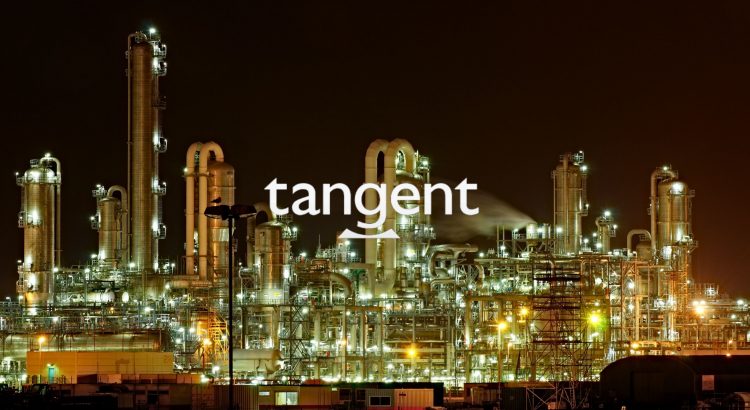
Industrial Computers Built To Run 24/7
As the U.S. industrial sector continues to expand, factories are looking for new ways to beat the competition in terms of efficiency and productivity. This may mean that creating multiple shifts and transitioning your facility to operate around the clock is in your factory’s future. But even if your workers can operate in three separate […]
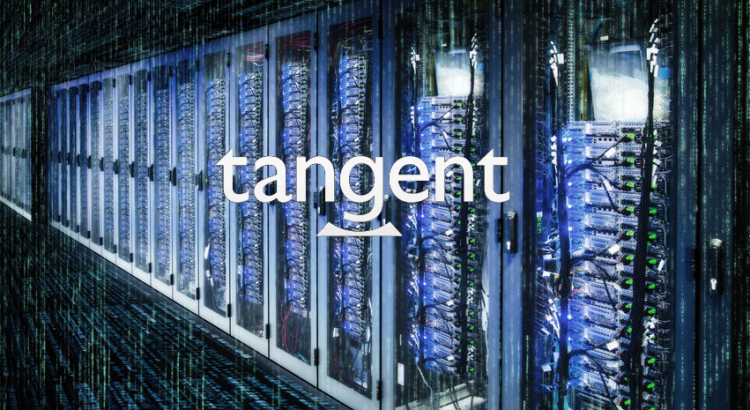
Industrial Computers For Complex System Networking
When making a new network for your facility, there are many things to consider. Should you invest in smart factory infrastructure entirely? How many networks should your factory have? How many switches and routers do you need? While these are some of the most pressing questions, the question of the actual computers that will comprise […]
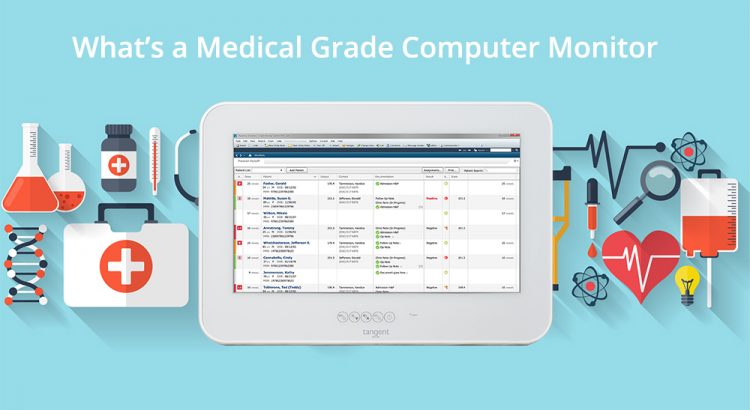
Medical Grade Computer Monitor: What is the Meaning?
It may be surprising to hear, but calling a monitor “medical grade” isn’t just a marketing tactic. To be a medical monitor, the medical monitor must meet certain legal criteria that allows for the use of the term. These criteria, such as EN/IEC 60601-1 compliance, help keep both patients and doctors safe from workplace hazards. […]
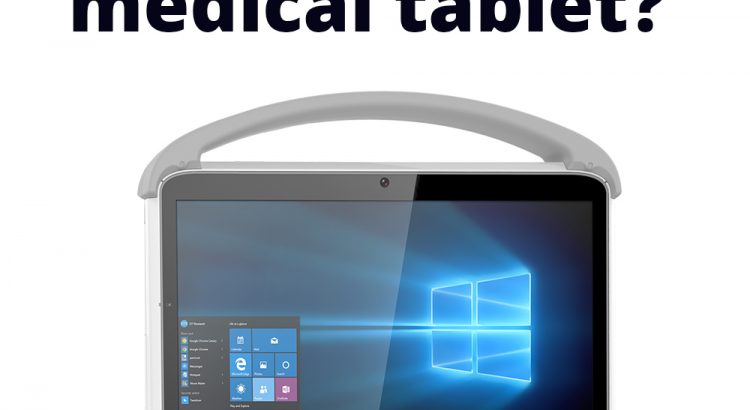
What is a Medical Tablet ?
As hospitals increasingly computerize their workstations, the use of paper records has dropped considerably. While the introduction of computers in the hospital space has drastically increased their efficiency, the mobility of information that physical paper records entailed was nearly lost. This is where Medical Tablets found their niche, offering the same benefits as medical PCS […]
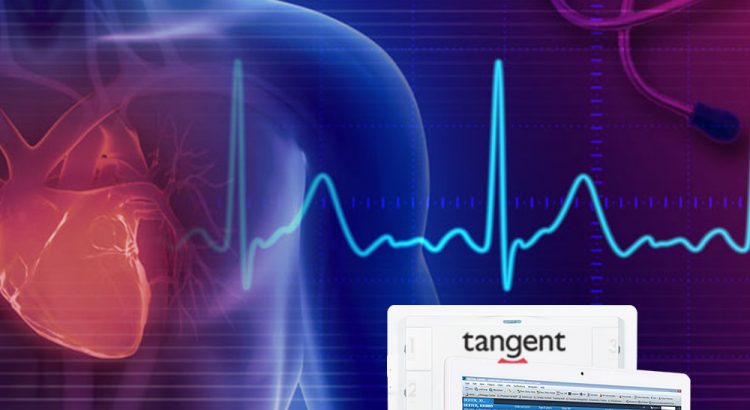
Every Minute Counts with Cardiac Arrest
When cardiac incidents occur in a hospital, every minute that passes can be a factor in whether the patient survives or not. According to Heart.org, in 2016, only about 25 percent of U.S. patients survived when their hearts stopped in a hospital. With how busy medical staff are and the amount of alerts going off […]
